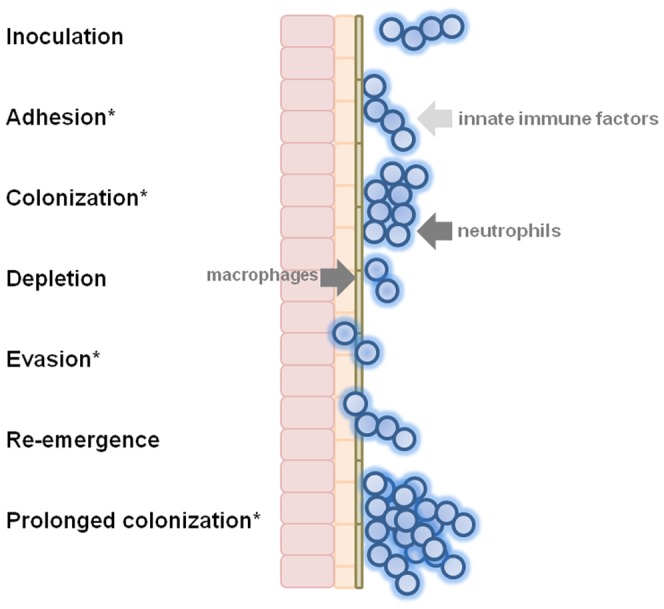Figure 7. Model for the establishment of longer-term respiratory tract colonization by GAS.

Following adhesion of bacterial cells to epithelium, and initial transient colonization, there is depletion of bacterial numbers due to host immune responses. These include innate factors, such as anti-microbial peptides and agglutinins, neutrophils and macrophages. A small number of bacterial cells successfully evade these responses, perhaps associated with up-regulation of AspA or transient internalization by epithelial cells. Expression of AspA brings into play the anti-phagocytic properties and biofilm-enhancing activities of AspA, leading to prolonged colonization of the mucosa. Asterisks denote temporal role for AspA.
